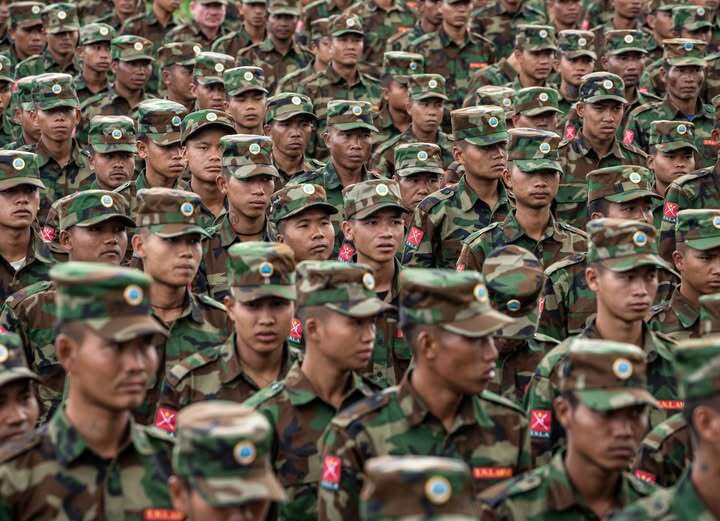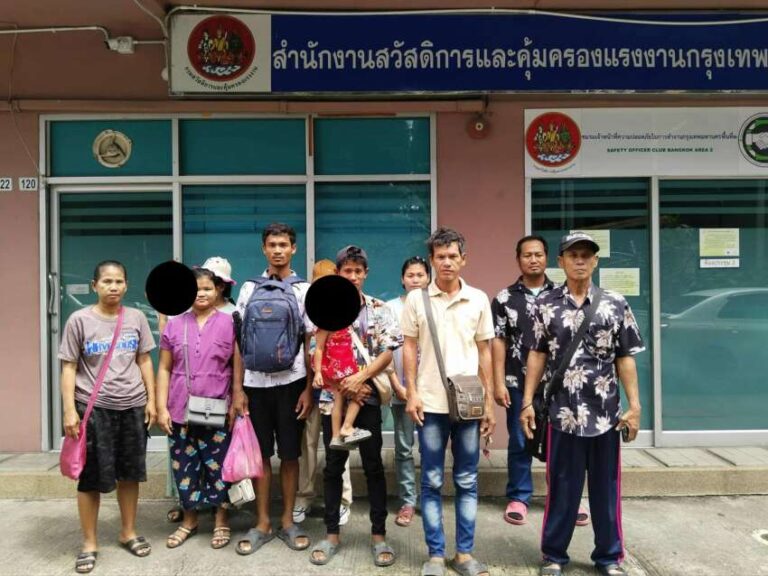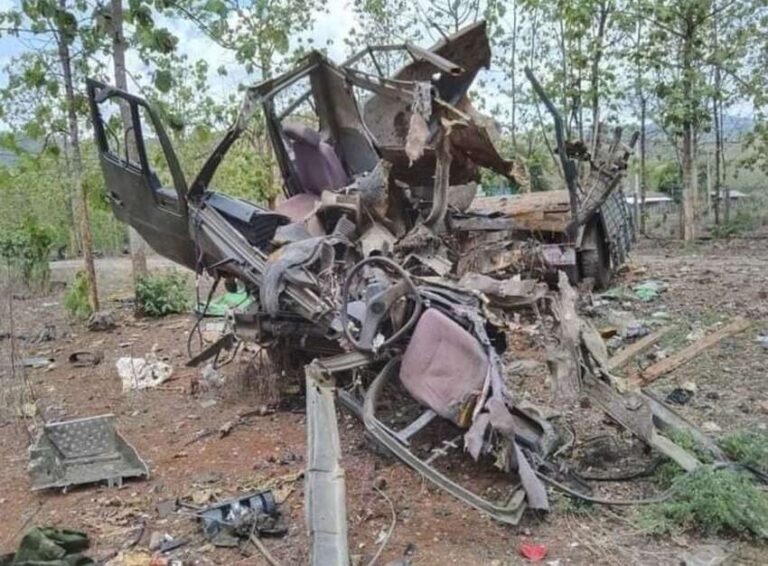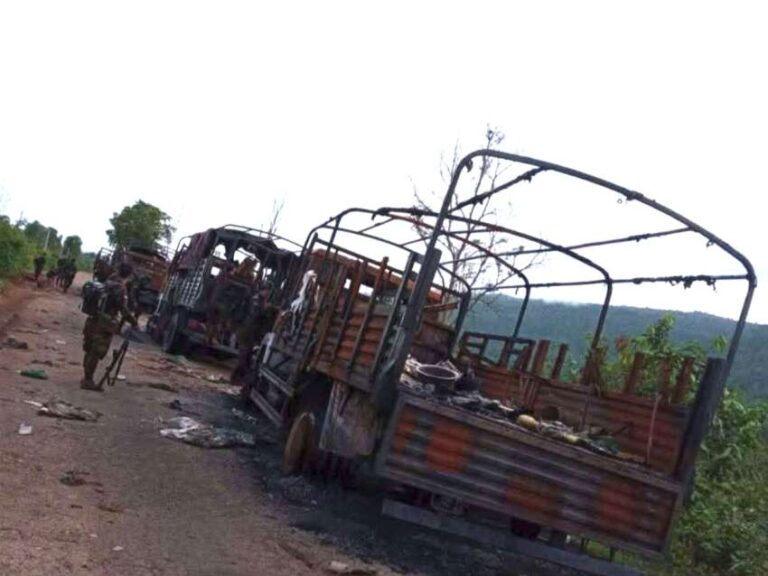
The Ta’ang National Liberation Army (TNLA) spokesperson Lwer Yay Oo announced during a press conference on June 5 that despite facing intense pressure from both China and the military council, they will not return their controlled territories. While acknowledging that they are experiencing the strongest pressure from China and the military council, the TNLA maintains they will continue to stand firm on their original position. Although further talks mediated by China are planned for August, the TNLA’s stance will remain unchanged regarding the territorial control.
The TNLA currently controls 12 townships where they are carrying out administrative functions including issuing household registration certificates, national identity cards, and vehicle licenses. During the talks held in Kunming, China in late April, the military council demanded the return of several townships under TNLA control, including Hsipaw, Naung Cho, Kyaukme, Mogok, and Momeik. However, the TNLA rejected these demands and declared their intention to continue defending these territories. The organization emphasized that while they are seeking ways to address the pressures from both China and the military council, they remain committed to maintaining control over their captured territories.
Following the April negotiations, the military council has intensified its offensive operations in TNLA-controlled territories, increasing aerial attacks, artillery strikes, and drone warfare. According to TNLA reports, there were over 1,000 attacks in May alone. Despite both sides declaring a temporary ceasefire until the end of the current month due to earthquake concerns, fighting continues in the Naung Cho area of northern Shan State as the military council continues its offensive operations. The military tensions remain high in the region, with the TNLA maintaining its defensive positions while seeking diplomatic solutions to the ongoing conflict. The situation highlights the complex dynamics between ethnic armed organizations, the military council, and neighboring countries’ involvement in Myanmar’s internal conflicts.



